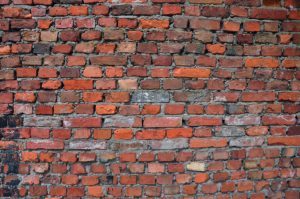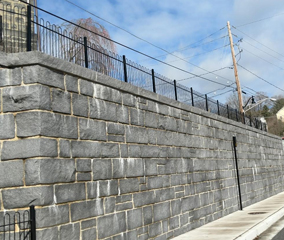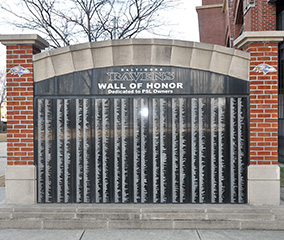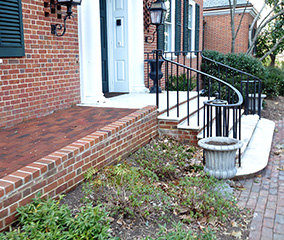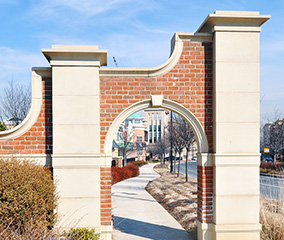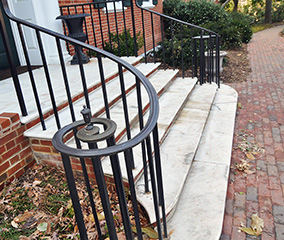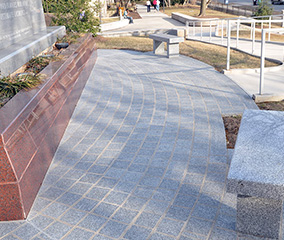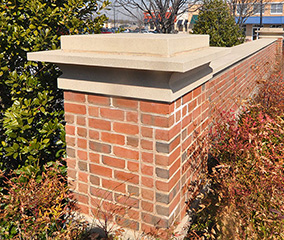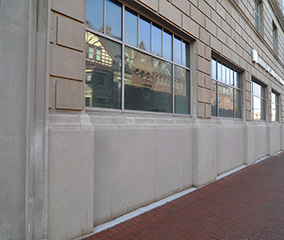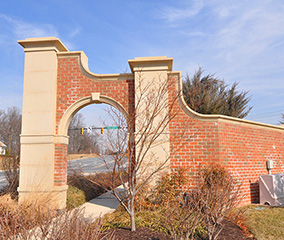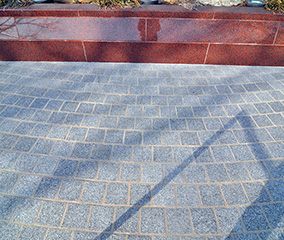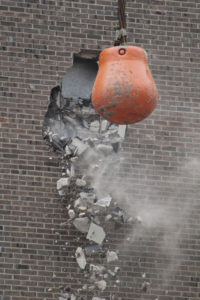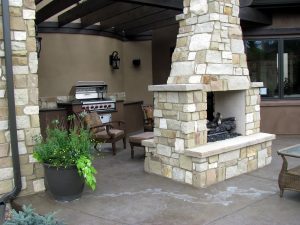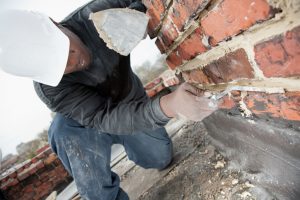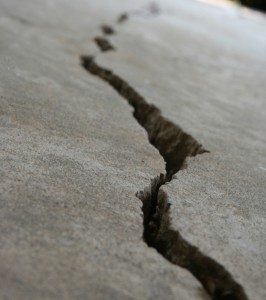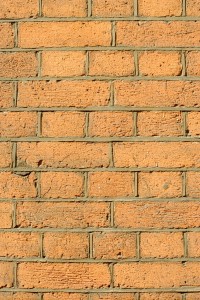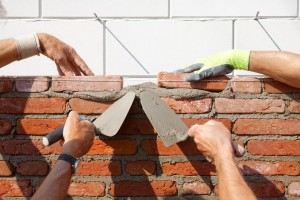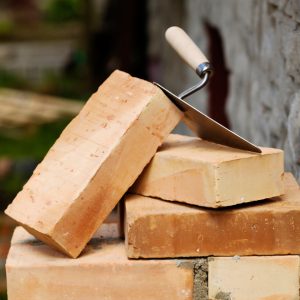
Make sure you know when it is time for masonry reparation!
Your masonry might need reparation if there is seepage or structural damage present. However, how can you identify whether one of those two conditions are occurring? There are many signs, some subtle and some obvious, that your masonry is in need of repair. Here is what you need to know about the signs you might need masonry reparation!
Seepage Problems
Every foundation can slowly seep water into the home through tiny cracks in the basement floor as a result of increased hydrostatic pressure. This can also occur over the foundation wall whenever there are yard drainage problems, grading issues, or poorly sloped exterior hardscaping additions (like sidewalks, patios, and decks). Anything that forces water to flow towards your home instead of away from it can lead to seepage problems on the inside of the home.
Porous Masonry
What is the masonry in your home made from? If the stone used to make your foundation was porous, like unglazed telephone tile or terra cotta, it could cause seepage and foundation problems. Historic district brick foundations are also sometimes made from old clay bricks that can absorb excess water and start to deteriorate. The biggest problem-type of foundation is made from CMU, which is also known as concrete block. This mixture can be very porous if it is not properly made.
Mortar Joints
Mortar joints are also a prime spot for problems with seepage in foundations and masonry, since mortar is simply a mixture of cement and sand. If the masonry has not been repointed in a while, the mortar might be deteriorated to the extent that it cannot keep moisture out from the surface of the bricks adequately. Mortar joints are a very common weak spot in masonry walls, so if you are experiencing seepage and not sure where it’s coming from, there’s a good chance that it’s from them!
Structural Issues
Structural problems can also require a masonry reparation to fix. Lateral pressure as a result of very damp soil can put a great deal of pressure on masonry and lead to structural problems. Whenever expanded soil presses firmly against a masonry wall, there is a potential for pushing the wall in a certain direction and creating a need for masonry reparation.
Your Preferred Masonry Professional Is Del Prete Masonry
If you are ready to upgrade your home or commercial building with professional masonry installation or replacement, Del Prete Masonry has the experience and expertise to get the job done right for the right price. To explore our residential and commercial services and set up a consultation, please give us a call at (410)-683-0650 or contact us online. We currently serve Baltimore City and County, Harford County, Carroll County, Anne Arundel County, and Howard County. To see examples of our work and get more updates, follow us on Facebook, Twitter, Google+, and Pinterest.
